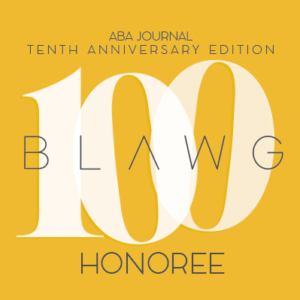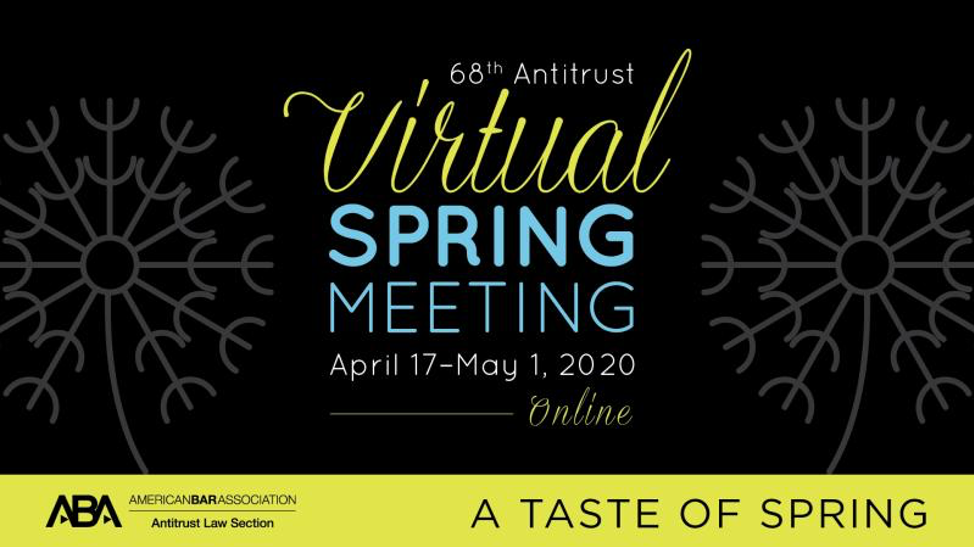On January 5, 2021, a federal grand jury returned an indictment charging a criminal violation of the Sherman Act based on an agreement not to poach each other’s employees. US. v. Surgical Care Affiliates LLC and SCAI Holdings, LLC, Case 3:21-cr-00011-L, filed January 5, 2021 (N.D. Texas)(SCAI Holdings is the successor corporation to Surgical Care Affiliates). This is the Antitrust Division’s first criminal case targeting employee no-poach agreements between competitors. According to the DOJ Press Release:
The indictment, filed in the U.S. District Court for the Northern District of Texas, Dallas Division, charges SCA with entering into and engaging in two separate bilateral conspiracies with other health care companies to suppress competition between them for the services of senior-level employees, in violation of the Sherman Act. Beginning at least as early as May 2010 and continuing until at least as late as October 2017, SCA conspired with a company based in Texas to allocate senior-level employees by agreeing not to solicit each other’s senior-level employees. Beginning at least as early as February 2012 and continuing until at least as late as July 2017, SCA separately conspired with a company based in Colorado to allocate senior-level employees through a similar non-solicitation agreement.
The SCA indictment follows on the heels of a December indictment of the former owner of a Dallas area therapist staffing company for participating in a wage-fixing conspiracy for therapists (here). On the surface at least, the two cases appear to be unrelated. But, the cases demonstrate that collusive agreements that restrain, limit or suppress competition for employees, especially in the health care industry, are an Antitrust Division priority.
The SCA indictment contains various examples of the alleged agreement.
- The earliest example is a May 14, 2010 Company A email stating, “I had a conversation w [Individual 1] re people and we reached agreement that we would not approach each other’s proactively.”
- The indictment alleges that on or about November 1, 2013, employees of Company A discussed whether to interview a candidate employed by SCA in light of the “verbal agreement with SCA to not poach their folks….”
- The latest example of the agreement referenced in the indictment is “ believing a candidate to be employed by SCA, a human resources employee of Company A emailed a recruiting coordinator for Company A on or about July 17, 2017, that although the candidate ‘look[ed] great’ she ‘can’t poach her.’”
The 2017 communication is key. First, it brings the alleged conspiracy within the 5 year Sherman Act statute of limitation. Equally important, Makan Delrahim and other DOJ officials have been warning for the last several years that naked no-poach agreements that continued past October 2016 would be considered as possible criminal violations of the antitrust laws. In a speech in January 2018, Principal Deputy Assistant Attorney General Andrew Finch stated that “the Division expects to pursue criminal charges” for agreements that began after October 2016, as well as for agreements that began before but continued after that date. This case makes good on that warning.
As the press release states, “An indictment merely alleges that crimes have been committed, and all defendants are presumed innocent until proven guilty beyond a reasonable doubt.” With that caveat, there are a couple of lessons to be learned from the indictment:
- COMPLIANCE! COMPLIANCE! COMPLIANCE!
As noted, Mr. Delrahim and other Antitrust Division officials have been warning for years that no-poach agreements that continued past October 2016 would be considered as possible criminal cases. In October 2016 the Antitrust Division and Federal Trade Commission issued “Antitrust Guidance for Human Resource Professionals.” The guidance includes this statement, “Violations of the antitrust laws can have severe consequences. Depending on the facts of the case, the DOJ could bring a criminal prosecution against individuals, the company, or both.” Judging from the 2017 allegations in the SCA indictment, this message did not seem to reach the employees allegedly involved in this no-poach agreement. While the indictment is against two corporate entities, individuals can be held accountable and further charges are possible.
When I was an Antitrust Division prosecutor I found it particularly unpleasant to consider indicting, or actually indicting, individuals who had not received any antitrust counseling from their employer. [Note: I do not know if the actors in this case had received antitrust training and ignored it.] But, ignorance of the law is no defense to a Sherman Act indictment and prosecutors will do their job, even if corporate employers had not. Besides an obligation to its employees, it is also in the corporation’s best interest to have a well-trained, compliant work force. The expense and disruption from a criminal antitrust investigation, not to mention the fines that can be imposed upon conviction, can be devastating. That is just what awaits behind Doors #1 and 2. Behind Door #3 is usually lengthy civil litigation on behalf of the victims of the collusion.
It doesn’t take a crystal ball to know that the important work begun under Makan Delrahim to prioritize investigation and deterrence of anticompetitive agreements in labor markets will continue under the new administration. Especially in light of burden health care workers have endured with the COID-19 pandemic, it is also likely anticompetitive agreements in health care markets will have priority. Robust and continuing compliance in this area is in everyone’s best interest.
- Any Agreement that Tampers….
The agreement alleged in this case was not a complete prohibition on companies hiring each other’s employees. The agreement was “that SCA and Company A would allocate senior-level employees by not soliciting each other’s senior level employees across the United States.” If I understand the indictment correctly, an employee from one company could apply to the other company and be considered if the employee told his current employer of his job inquiry. United States v. Socony Vacuum, 310 U.S. 150 (1940) held, “Any combination which tampers with price structures is engaged in an unlawful activity. Even though the members of the price-fixing group were in no position to control the market, to the extent that they raised, lowered, or stabilized prices they would be directly interfering with the free play of market forces.” The agreement alleged in the SCA indictment, if proved, certainly “directly interfer[ed] with the free play of market forces.”
- Corporate Leniency
Many criminal antitrust investigations begin when a corporation, during an internal investigation, discovers the firm may have been engaged in illegal conduct. The SCA indictment may be the product of a corporation seeking leniency from the Division in return for cooperation. The Antitrust Division has a policy of according leniency to corporations reporting their illegal antitrust activity at an early stage, if they meet certain conditions. “Leniency” means not charging such a firm criminally for the activity being reported. Current and former employees also may get protection from criminal prosecution if they meet certain conditions. The Antitrust Division has a “Leniency Program” web page that contains the Corporate and Individual Leniency Policy as well as a FAQ section. (here).
A key feature of the Corporate Leniency Policy is that it is available only to the first corporation to qualify. Acting quickly can be the difference between being thee “first in” and qualifying for leniency or missing out and facing criminal charges.
Thanks for reading.
PS. There is more information and links relating to no-poach and wage fixing cases and policies in an earlier Cartel Capers blog post: A Look Back at the Road to the Antitrust Division’s First Criminal Wage-Fixing Case.
Bob Connolly bob@reconnollylaw.com.

